There can be your advertisement
300x150
All About Parquet and Its Alternatives
What could be more complicated than choosing floor covering? Manufacturers offer a huge assortment: here is natural parquet - warm and reliable, capable of serving many years with proper care, and more budget-friendly alternatives - practical tiles with a wood grain imitation or economical laminate. How to choose the most durable wood against external impact, process and lay parquet?
1. Types of Floor Coverings
Amazingly, in the 21st century we are returning to natural products - parquet is once again in demand. It's not just about fashion - historically and in Russia, as well as in Northern Europe, natural floor covering has always enjoyed well-deserved popularity. Any wood makes an interior warmer. Parquet is a classic solution, but natural materials are always more expensive than artificial ones. There is also an intermediate option - parquet and engineered boards. If you want to save money and still keep the feeling of warmth, choose laminate and wood-grain tiles. There are several types of floor coverings that you can often find in every home.
Parquet.
Natural, made from small planks forming a pattern. Installed in panels (sets), classic fir or French style, where the planks are laid with a shift.
Parquet and Engineered Boards.
Both represent a kind of sandwich - like ski slopes or snowboards: for example, a base made from two layers of pine glued perpendicularly and covered with a finishing layer of maple. In engineered boards, the base is made from the same wood as the finish. It's just the result of clever marketing by foreign companies, artificial market segmentation: they created a floor covering that is average in price between parquet boards and real parquet. If people tell you that parquet and engineered boards are time-tested solutions, don't believe it - they were invented just a few decades ago.
Laminate.
Has no relation to wood, although it looks similar. However, it is absolutely indestructible. Unless you drive over it with an office chair, the lamina will become cloudy and scratched over time. It's pressed cardboard laminated on top; it can even be beautiful and look like wood, but you will still make noise when walking on it - it's a noisy material.
Tile with Wood Grain Texture.
It's hard to consider it a full alternative to natural wooden flooring - its coldness and wide joints always give it away. However, it is more practical than any other flooring.
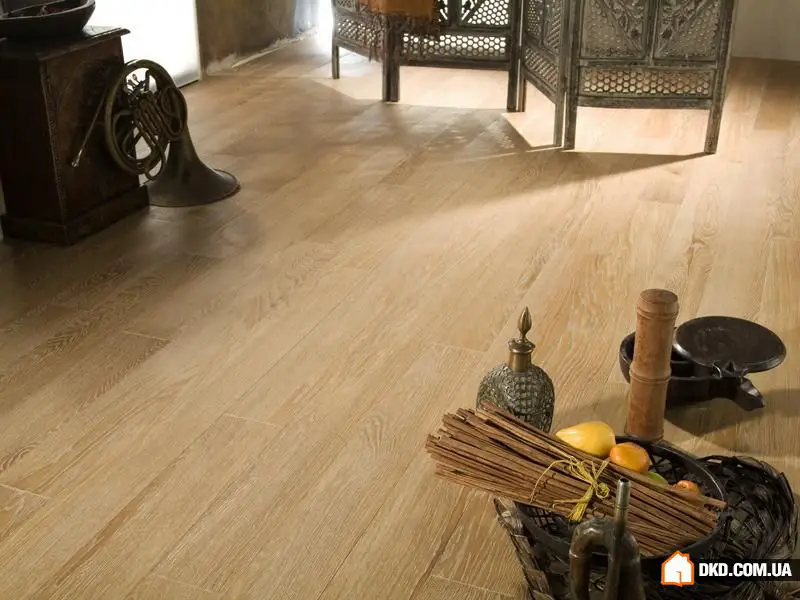
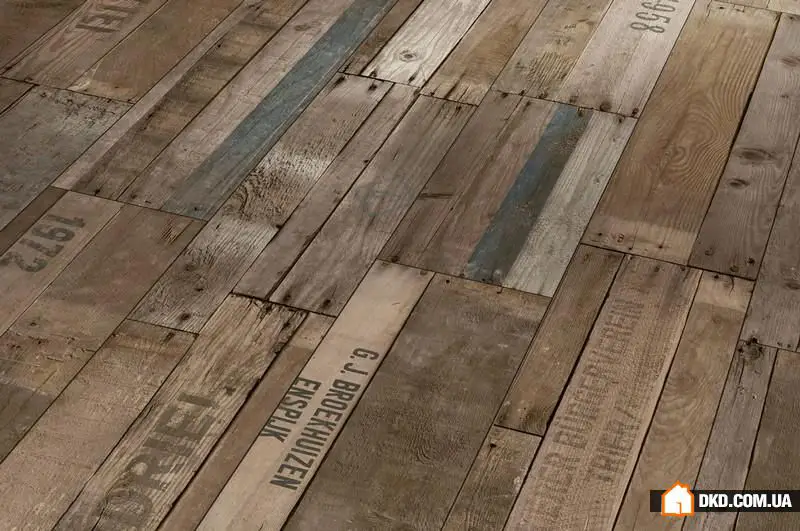
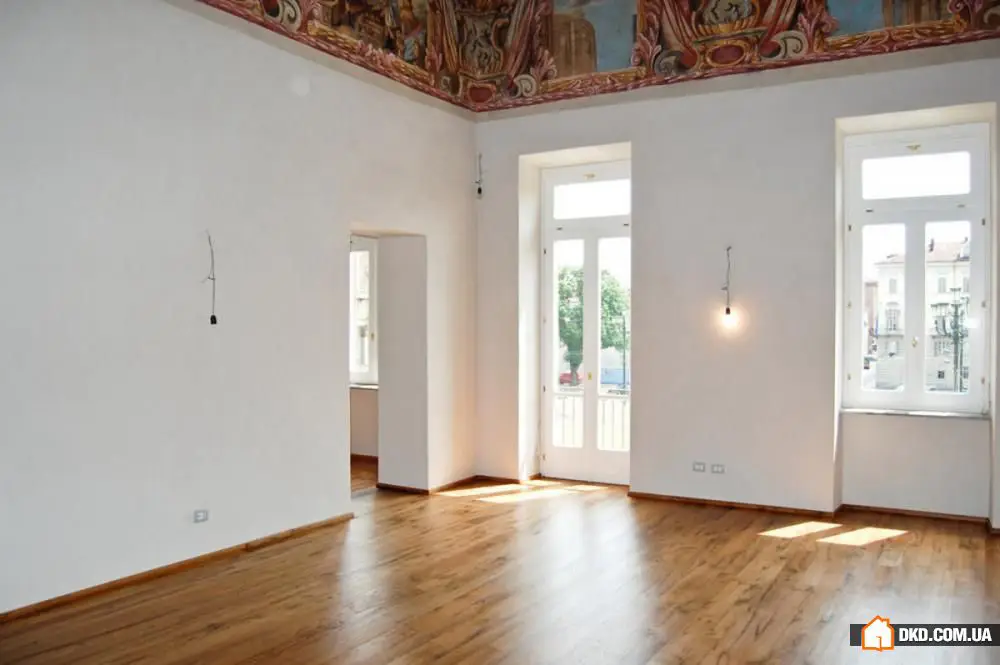
2. Appearance
Floor covering visually varies depending on the wood species, finish, and plank size. If you live in an urban apartment, choose parquet boards, but in a country house, you can experiment with real parquet, even exotic wood species. It all depends on thickness: in an apartment, it's hard to find extra centimeters of height - parquet and engineered boards with plywood backing will consume about 6 cm. The size of the room also affects the choice: classic fir laying suits large rooms with minimal furniture, while three-strip parquet looks best in small rooms and single-strip in large ones.
With parquet, everything is clear: it's beautiful, but planks cannot be large - not everyone likes the small pattern of floor covering. Natural parquet is alive and will play, so it's made in panels or shields - square or rectangular or with a shift. Panelized boards are assembled from individual planks, like in the old days.
Parquet and engineered boards can be long due to gluing, which ensures stability. This trend came from ship decks. The boards can be modest or fantastically large: up to 40 cm in width and up to 10 meters in length. They can be laid along, across, or diagonally.
Laminate is a reliable and budget-friendly covering. One of its significant drawbacks is that laminated planks are not as large as parquet and engineered boards, which somewhat limits their use.
Artistic parquet. This is handwork in the inlay technique - insertion. Ornamental patterns or floral motifs from other wood species are inserted into the planks. Such a covering can be breathtakingly beautiful if it's not hidden under a sofa or table. This is a complex technique, which modern computers handle well now: inlays are made with CNC (computer numerical control - editor's note). Installing such parquet requires skilled hands.
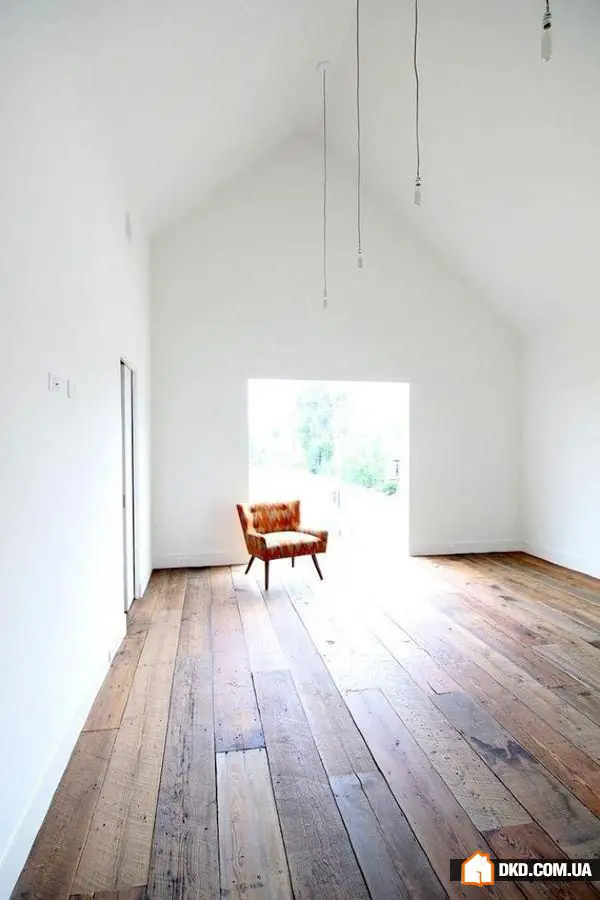
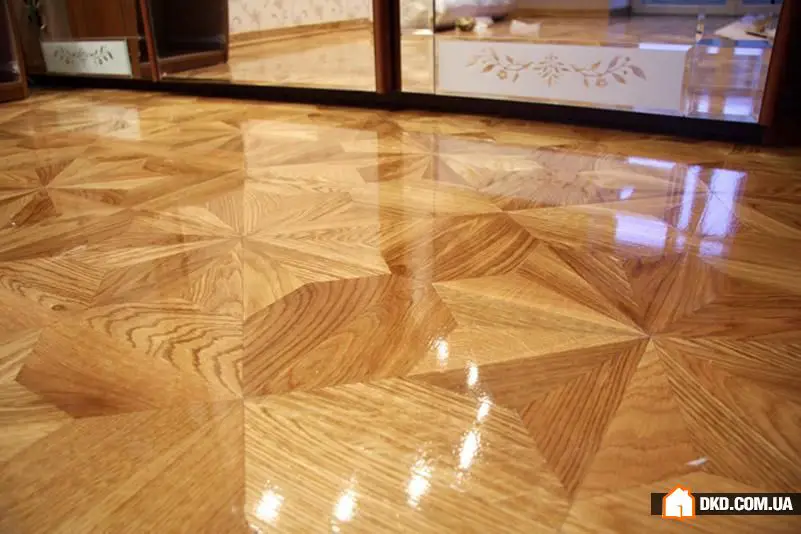

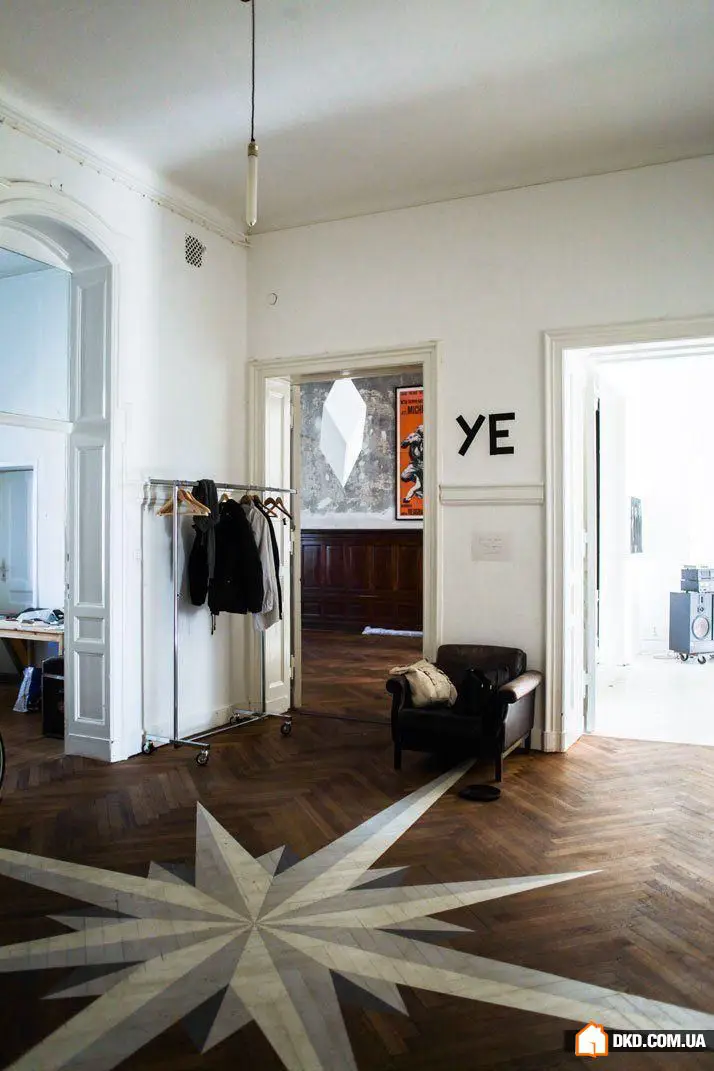
3. Wood Species
When choosing wood for parquet, pay attention - not all species are equally useful.
Remember that in our conditions, natural parquet will play both in winter and summer - regardless of the wood species - due to changes in air humidity and temperature.
The traditional material - oak, optimal in hardness and elasticity. Parquet was made from it even in the classical era. Real oak parquet is expensive. It suits both urban apartments and country house interiors.
Soft species:pine, spruce, larch, cedar. Light, yellow boards with a simple texture. They fade in sunlight, becoming darker. This is neither good nor bad - any natural material changes over time. Larch loves water and doesn't rot, so it can be laid in humid rooms. Parquet from soft species is the cheapest, ideal for a dacha: it might look too simple in an urban apartment interior.
Unusual species:cherry, beech, maple, ash, hornbeam, olive, walnut. This is also a kind of magic, but pleasant. Prices vary greatly depending on the processing method, wood species, and plank size - on average from 100 euros per square meter. Wenge, redwood, suculina, mahogany, ebony.
Heavy, oily exotic species, arriving at the call of marketers from colonial states. Expensive, hard, and resistant to damage wood. A reliable but distinctive-looking floor covering - suitable for both apartments and country estates.
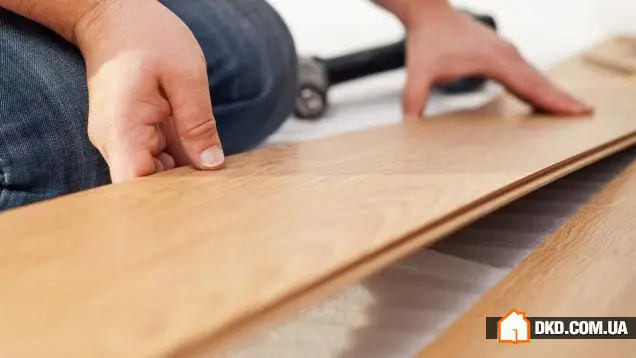
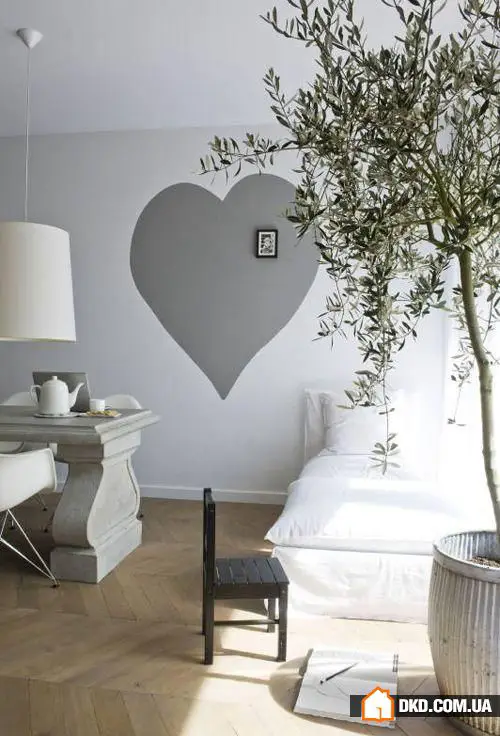
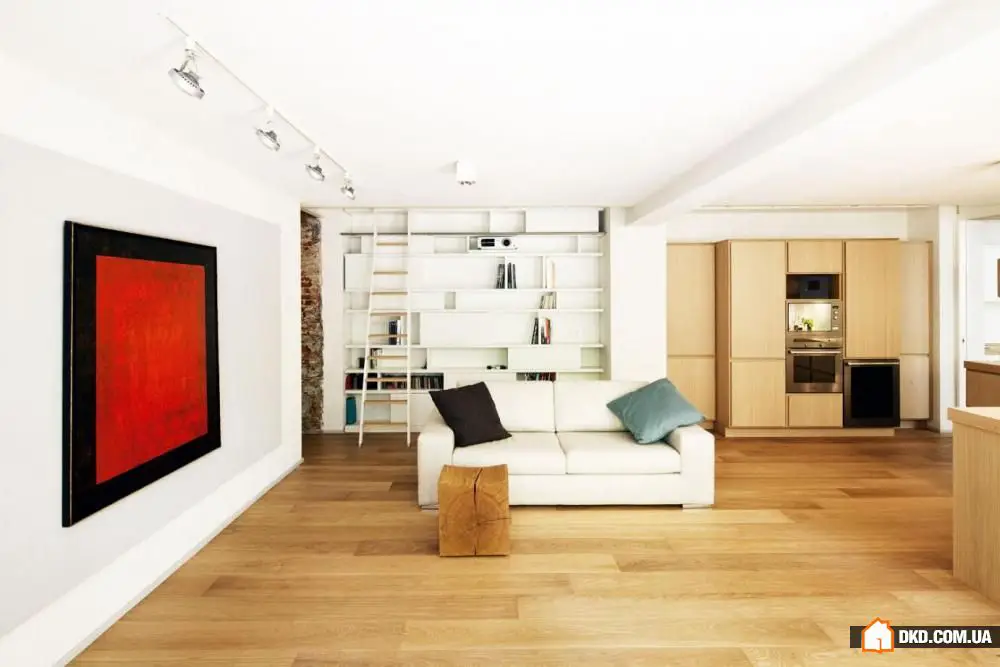
4. Parquet Processing
Factories go to all sorts of tricks just to make the buyer happy, making floor coverings for every taste and budget. Thanks to modern technologies, wood can be given all kinds of effects. I wish we would start organizing tours to parquet factories, like in Europe, so everyone could see the production and learn the truth about parquet. With brushing, soft fibers are removed with a special brush, and grooves appear on the surface, making it more textured. These grooves are sometimes filled with colored oil. Wood is sometimes passed through special rollers, flattening the surface. Characteristic dents and indentations remain - a vintage, lived-in parquet is created. Parquet boards are heated in autoclaves, burning the soft fibers. As a result, they change color - becoming bright reddish-brown or even coal-black. In addition to the listed effects, boards are given various colors - darker and lighter than the base. This accentuates the wood grain, making the wood color more vivid. You can also tone natural wood in unusual colors. Parquet is coated with UV lacquer, regular lacquer, or special oil, preserving the natural color of the wood. Lacquered parquet cannot be restored. If after a few years you get tired of the color under oil, the board can be treated with colored oils, adding a shade, lightening or darkening the coating.
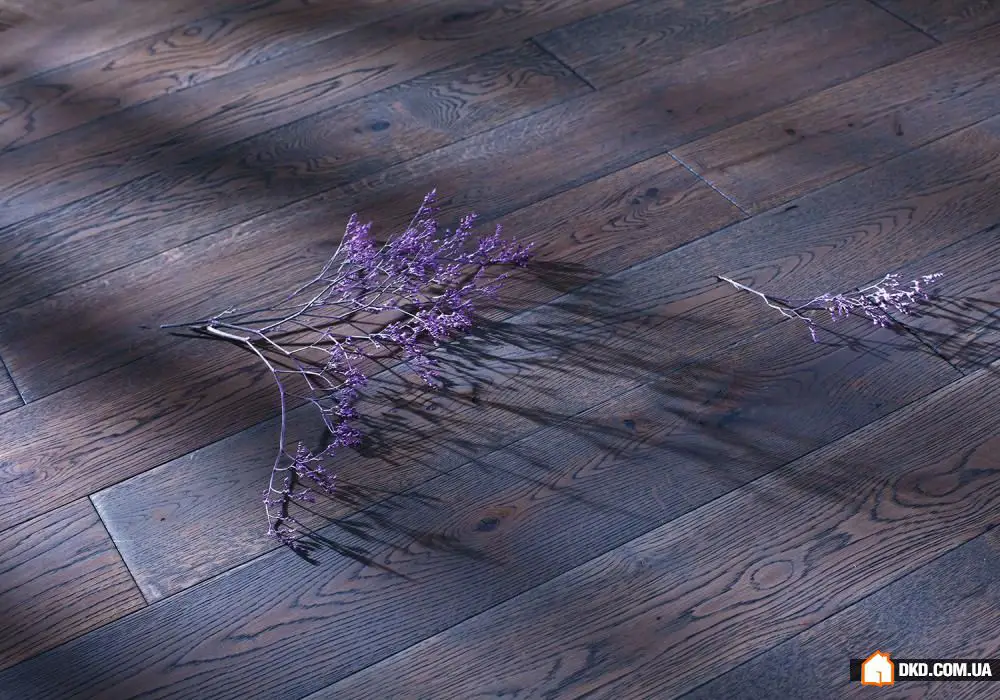
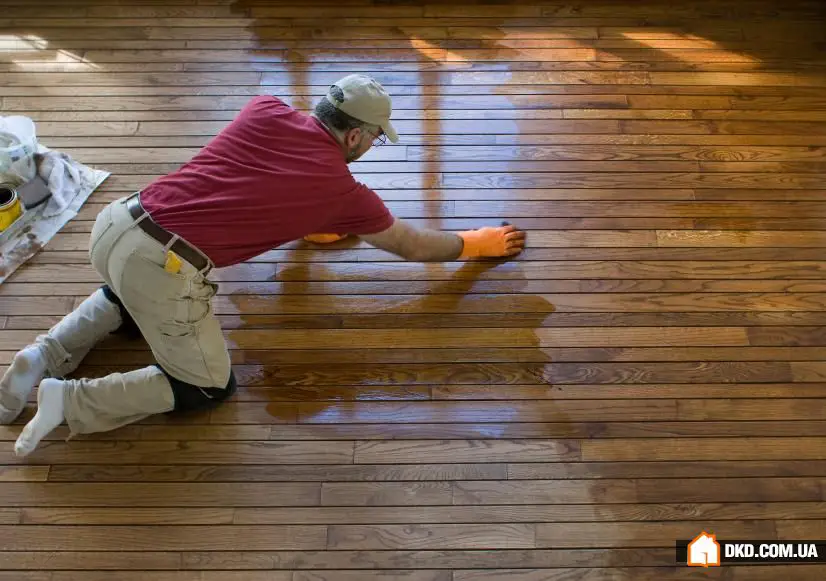
5. Installation
Properly installed, beautiful floor covering can become the leitmotif of an interior. So install it with care!
Parquet, parquet boards and engineered boards manufacturers recommend installing on plywood and glue, nailing through the edge with special nails. It is not possible to lay close to walls; a technological gap must be left. Wood is a living material and can compress and expand: the gap is necessary to prevent boards from pressing against the wall and deforming. It is possible to install natural wood floor covering on a soft underlayment, but this is risky: there's a high probability that the floor will creak.
Laminate must be installed only on underlayment to insulate the floor and make it less noisy. The underlayment acts as a shock absorber, absorbing noise and vibration from footsteps and preventing the laminate from touching the cement floor.

6. Usage
Floor covering made of natural wood is alive and, therefore, quite capricious. However, with proper care, it will last a long time.
Caring for parquet is the most complex, and in old times it was even restocked. Today, it's enough to use an air humidifier, a special soft attachment for the vacuum cleaner, and special cleaning products.
Parquet boards and engineered boards under oil should be coated with a wax-oil composition immediately after installation and refreshed every two to three years. If you choose lacquered ones, no special care is required. Just clean floors with special products and avoid abrasives. For furniture legs, it's necessary to glue felt pads, otherwise any parquet will meet its end. I suggest not taking risks with soft species like spruce.
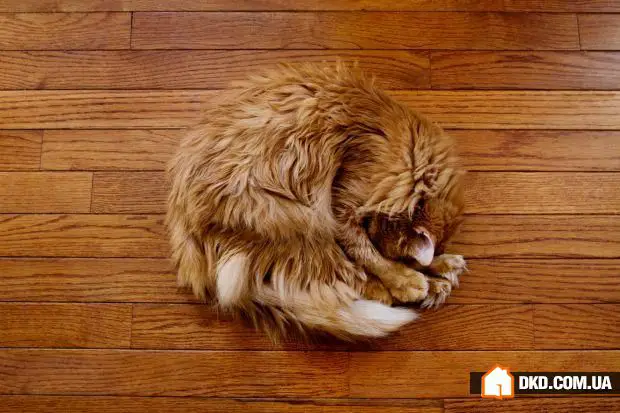

More articles:
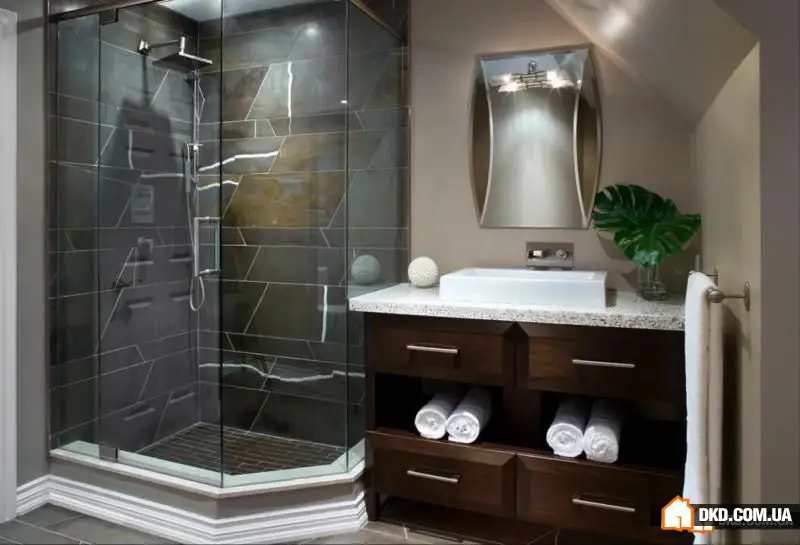 Bathroom Design: 13 Tips for Using Tiles and Other Materials
Bathroom Design: 13 Tips for Using Tiles and Other Materials Urban Oasis in a Modern Loft
Urban Oasis in a Modern Loft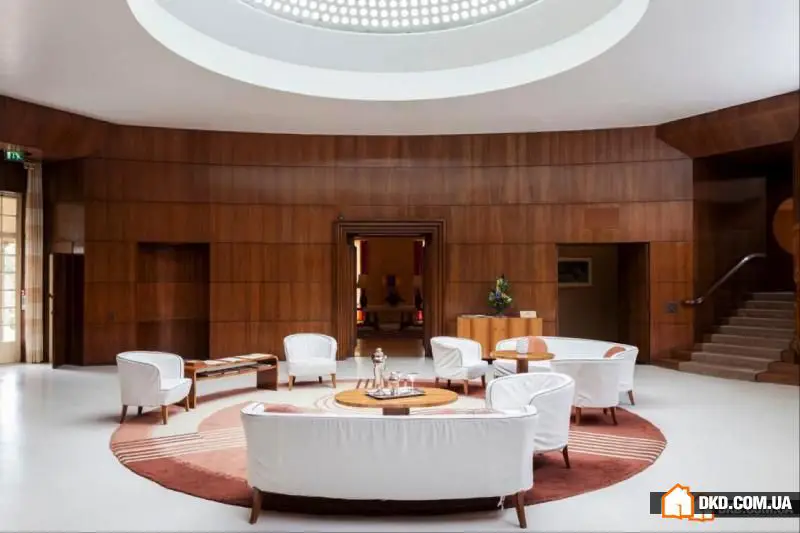 Traveling Together: Medieval Castle with Art Deco Elements
Traveling Together: Medieval Castle with Art Deco Elements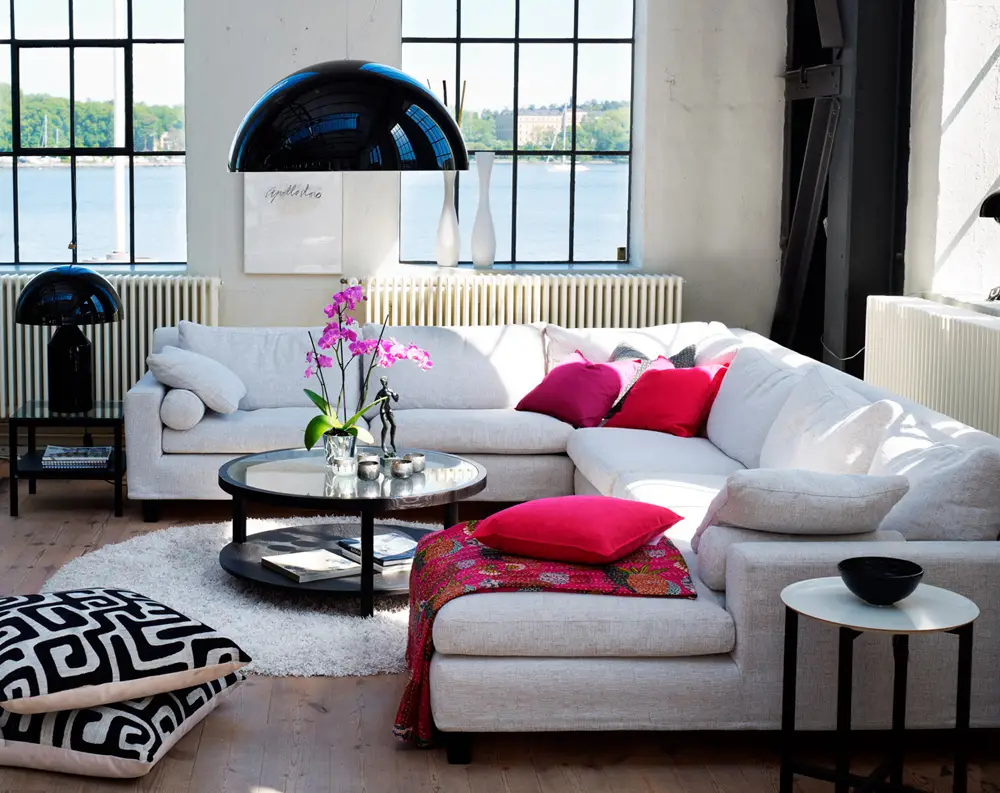 Lighting in Apartment: 5 Rules You Didn't Know About
Lighting in Apartment: 5 Rules You Didn't Know About Kitchen of the Week: Functionality Above All
Kitchen of the Week: Functionality Above All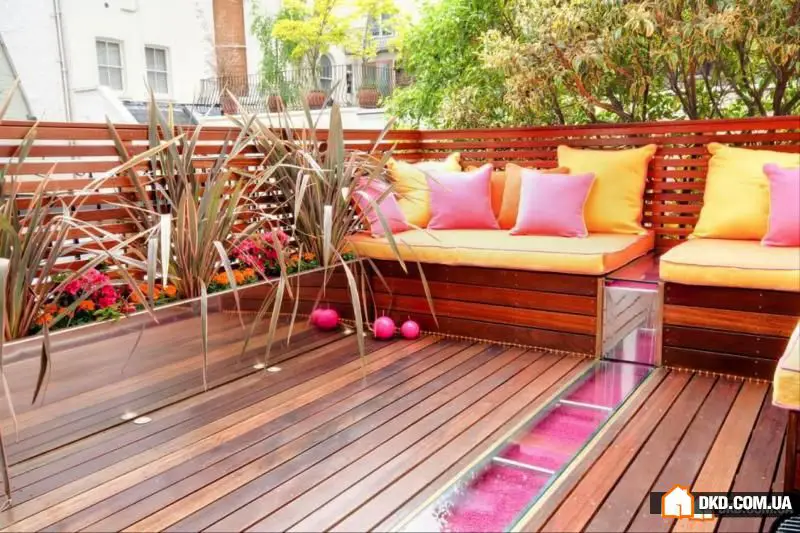 Summer Colors: Combining Pink and Orange
Summer Colors: Combining Pink and Orange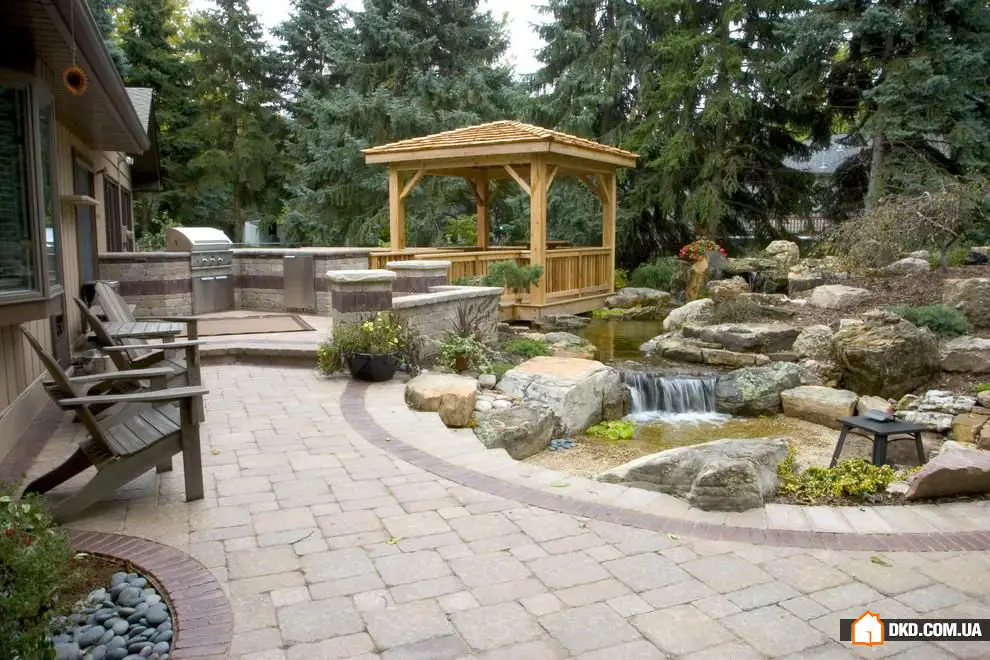 Secrets of a Successful Garden Pond
Secrets of a Successful Garden Pond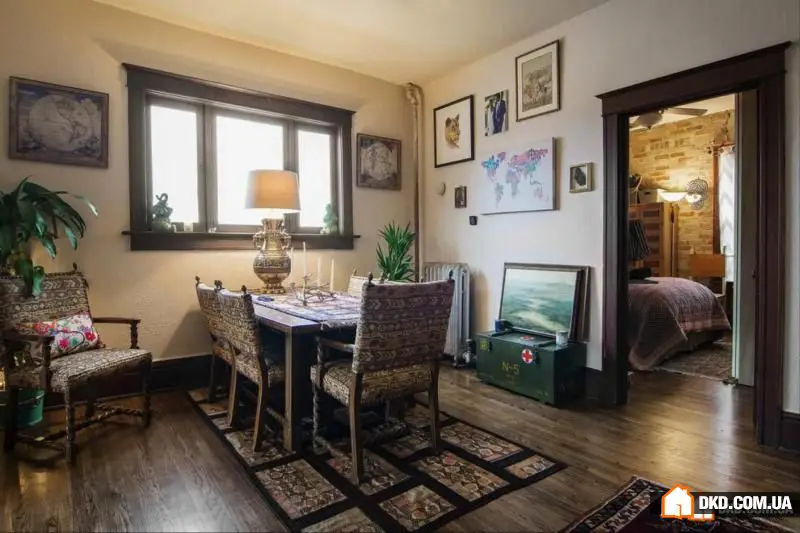 9 Small Dining Rooms Full of Big Creative Ideas
9 Small Dining Rooms Full of Big Creative Ideas